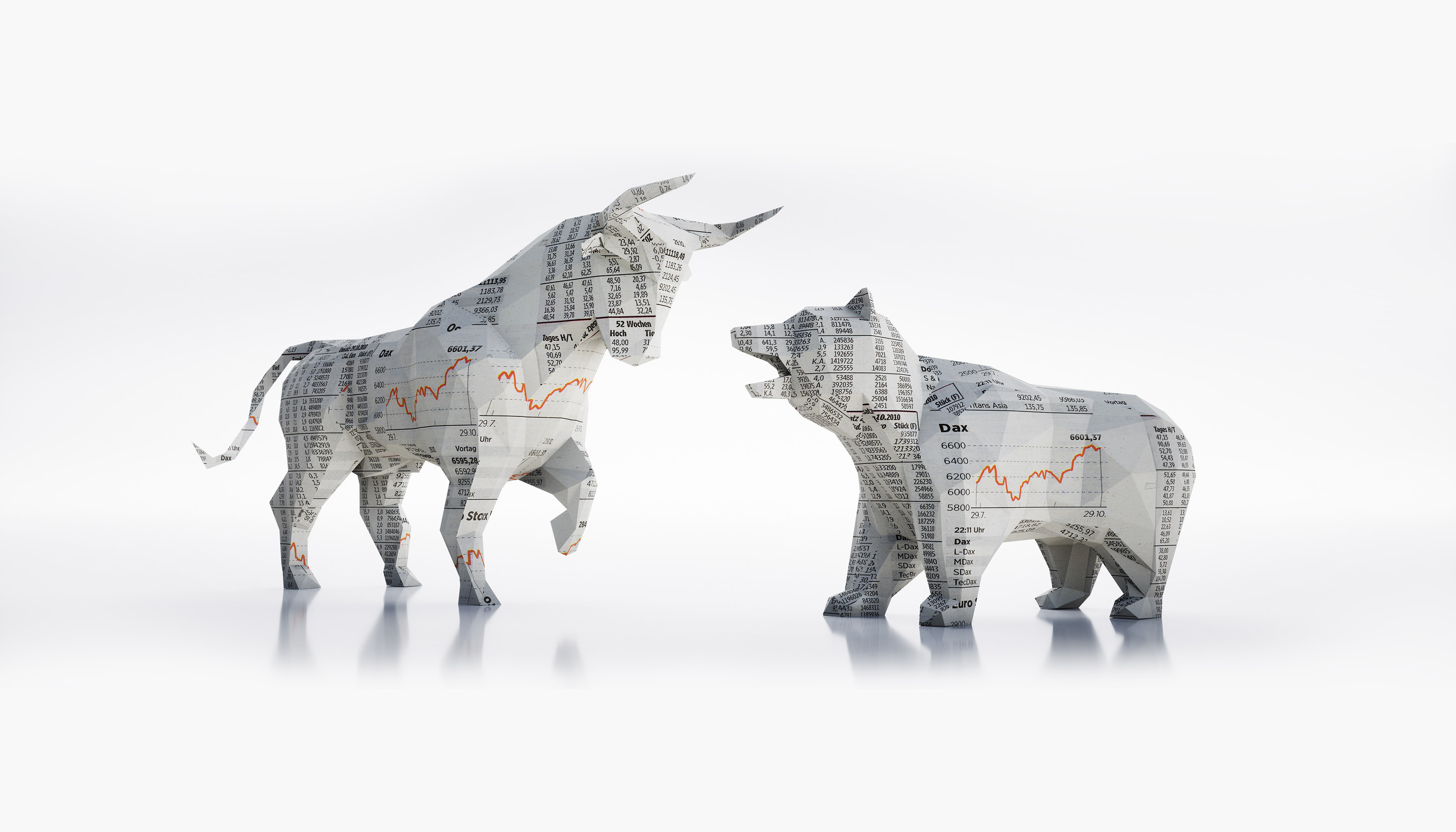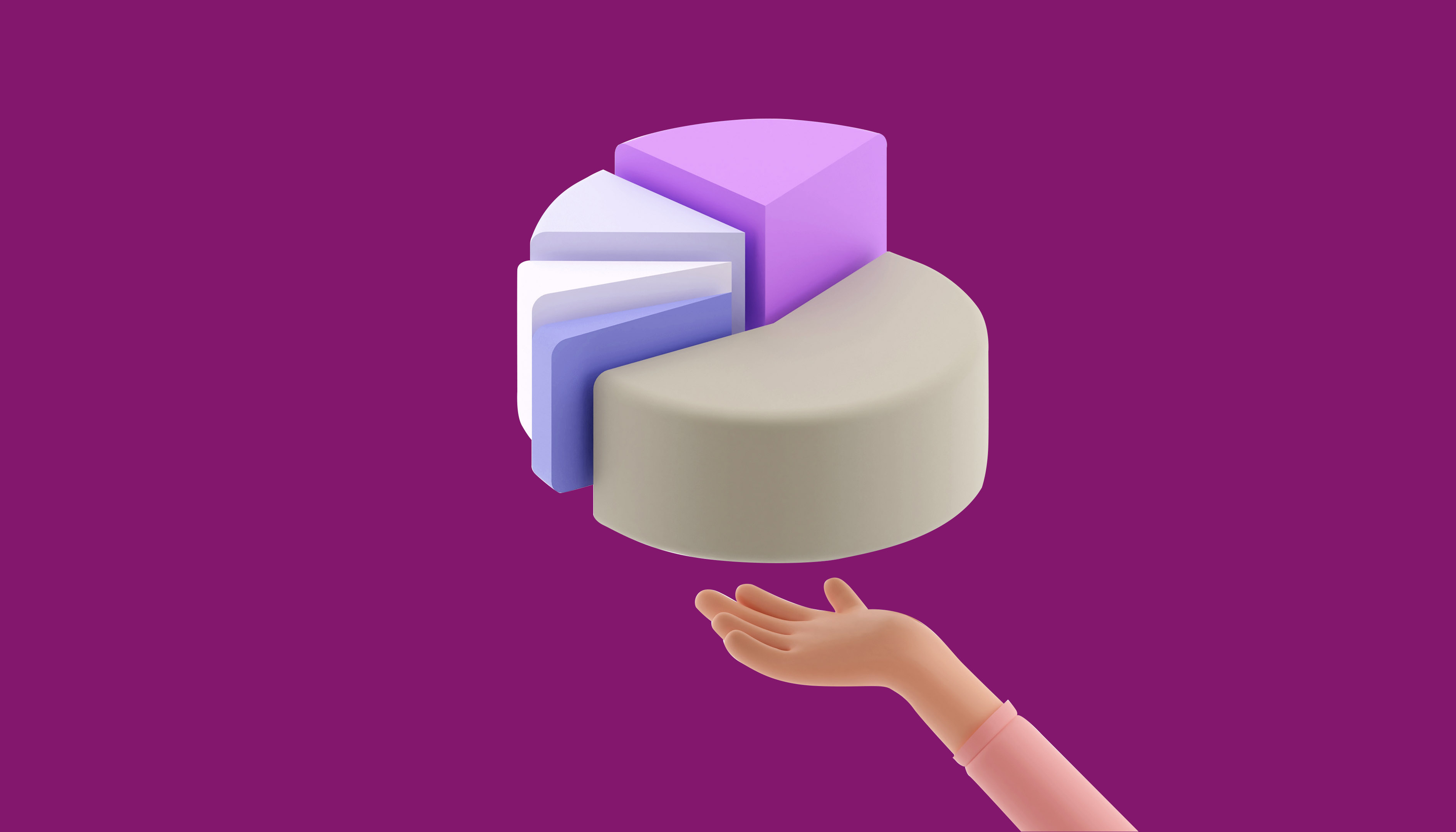A Complete Beginner’s Guide to the Global Stock Market
22 Feb 2022

Charts, numbers, and candlesticks – these might be what immediately comes to your mind whenever you hear “global stock market.” Accurate, yes, but the stock market is so much more than these images.
It’s true, we can profit from the red and green sticks, hence, a lot of people are so curious about how the stock market works. But before that, you should first understand what the global stock market is all about.
You most probably know about the stock exchange, where you can buy and sell stocks. But wait... are you sure you know what a stock really is?
When you buy a stock, you are essentially buying a little part of a company, because underlying each stock is a real business. Therefore, any changes in the stock price are related to its underlying company – be it market news or noise or performance.
With this, you must know that the global stock market is not exclusively for finance experts. Anyone can do so provided you have a thorough understanding of how it works.
How the stock market works

The stock market is made up of several exchanges, the most well-known of which are the New York Stock Exchange (NYSE) and the Nasdaq. These exchanges act as a marketplace for us to buy and sell stocks. You can also buy and sell stocks in your local stock exchange, e.g., Singapore Stock Exchange if you’re in Singapore.
With so many stocks in the global stock market, it can be quite overwhelming to tell how the market is performing. Most investors do this by looking at the S&P 500 Index (Standard & Poor). This is because the S&P 500 is made up of the top 500 companies in the global stock market, hence, it’s considered the nearest, if not the actual, reflection of the global economy.
If you’re a stock investor, you can negotiate the price of stocks and complete trades with other investors in the stock exchange. You can buy a stock through a "bid" which is essentially the highest price you're willing to pay for that asset. Conversely, you can sell stocks with an “ask” price or how much you want to sell your security for.
You might be asking how these prices are determined. Well, both bid and ask prices are set by the market. Typically, these are influenced by market sentiment as well as the demand and supply narrative. And this is where you’d find how complex the global stock market could be.
What are bulls, bears, corrections, and crashes

You've probably heard of the terms bull market and a bear market before. But what does the global stock market have to do with animals?
The reference comes from a comparison of how the two animals attack. Bears swipe down to attack their opponent, whereas bulls use their horns and thrust upward to fight.
Thus, a bear market occurs when the stock market falls by 20% or more. A bull market, on the other hand, is when the opposite happens.
>>> Guide to Investing During a Recession
A bull market demonstrates market confidence, which is a sign of economic growth. In a bear market, global markets are collapsing, and the economy is following suit.
Both bull and bear markets do not happen overnight. Instead, you can see a trend continuing for more than a month. The good news is that the average bull market outlasts the average bear market, which means that investing in stocks can help you grow your money over time.
So hey, aren’t corrections and crashes similar to a bear market when the value of a stock drops? What’s the difference?
A stock market correction occurs when the stock market, i.e., stocks, bonds, indexes, dips by 10% or more. When stock prices drop drastically in a short period of time, it is called a stock market collapse.
All these terms would have you concluding that the global stock market is volatile. And it’s true. One of the primary characteristics of the stock market is its volatility, which is essentially what makes it risky.
Still, the stock market offers high returns. The key is riding out the volatility, understanding what it is, and how to find the best opportunities regardless of bullish and bearish markets.
What is market volatility
If you're afraid of a crash, it's a good idea to think about investing in the stock market for the long run.
Market volatility often affects traders as they take advantage of the small price fluctuations to execute quick trades, which can be very risky. Long-term investing, on the other hand, has proven to be an effective strategy to build wealth as it is less risky and doesn’t need much attention.
The S&P 500, for example, has an average yearly return of around 10%. However, the market will rarely produce that return. In some years, the stock market may end up much lower, while in others, it may end up significantly higher.
If you're frequently buying and selling stocks, there's a good chance you'll make a mistake at some point and lose money by buying or selling at the wrong moment.
The key to investing safely is to slowly buy in trenches each time the stock market takes a dip. This way, you can practise dollar-cost averaging and ensure that you are never placed in a worst-case scenario.
While market volatility cannot be controlled, we can protect our investments by diversifying our portfolios.
How to manage volatility

One important strategy to manage the stock market’s volatility is diversification. This means buying stocks from various sectors or industries or even putting your money in different investment options. You might have heard of this before as the strategy of “not putting all your eggs into one basket.”
You can diversify your stock portfolio depending on whether you want to be an active or passive investor. An active investor will do stock research to find a collection of companies from different industries that they feel would be beneficial long-term investments.
Meanwhile, passive investors diversify their portfolios by purchasing shares of a mutual fund, index fund, or exchange-traded fund (ETF) that invests in a wider range of companies. An S&P 500 index fund holds 500 stocks and can provide you with broad exposure to the largest U.S. stocks.
As you begin your journey in the global stock market, always remember that mistakes are bound to happen. Therefore, invest only in what you understand and how much you can afford to lose.
To learn more strategies for investing in the stock market, join our free masterclass!
DISCLAIMER
This article and its contents are provided for information purposes only and do not constitute a recommendation to purchase or sell securities of any of the companies or investments herein described. It is not intended to amount to financial advice on which you should rely.
No representations, warranties, or guarantees, whether expressed or implied, made to the contents in the article is accurate, complete, or up-to-date. Past performance is not indicative nor a guarantee of future returns.
We, 8VI Global Pte Ltd, disclaim any responsibility for any liability, loss, or risk or otherwise, which is incurred as a consequence, directly or indirectly, from the use and application of any of the contents of the article.
